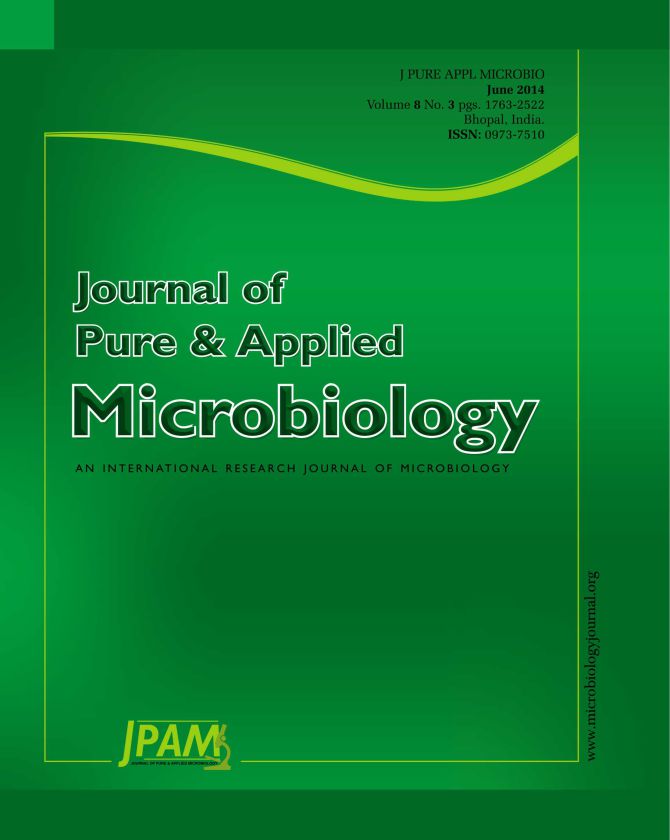Methionine-R-sulfoxide (Met-R-SO), oxidatively generated from methionine by reactive oxygen species (ROS), is reduced by methionine-R-sulfoxide reductase (MsrB). The Schizosaccharomyces pombe msrB+ gene encoding MsrB was previously cloned into the shuttle vector pRS316 to produce the recombinant plasmid pFMetSO. In the present work, we examined the cellular role of S. pombe MsrB under tert-butyl hydroperoxide (t-BOOH)-induced oxidative stress. When shifted to the fresh rich medium containing t-BOOH, the S. pombe cells harboring pFMetSO displayed better growth than the vector control cells. They contained lower ROS levels in the presence of t-BOOH than the vector control cells. Even in the presence of the antioxidant tert-butylhydroquinone (t-BHQ), they contained further lower ROS level than the vector control cells. However, the nitric oxide (NO) levels of the S. pombe cells harboring pFMetSO and the vector control cells remained unchanged in the absence or presence of t-BOOH and t-BHQ. The total glutathione (GSH) levels of the S. pombe cells harboring pFMetSO appeared to be higher than the vector control cells both in the absence and the presence of t-BOOH. In brief, the S. pombe MsrB plays a defensive role against t-BOOH-induced oxidative stress through the down-regulation of ROS.
t-Butyl hydroperoxide, Methionine-R-sulfoxide reductase, MsrB, Oxidative stress, Schizosaccharomyces pombe
© The Author(s) 2014. Open Access. This article is distributed under the terms of the Creative Commons Attribution 4.0 International License which permits unrestricted use, sharing, distribution, and reproduction in any medium, provided you give appropriate credit to the original author(s) and the source, provide a link to the Creative Commons license, and indicate if changes were made.


